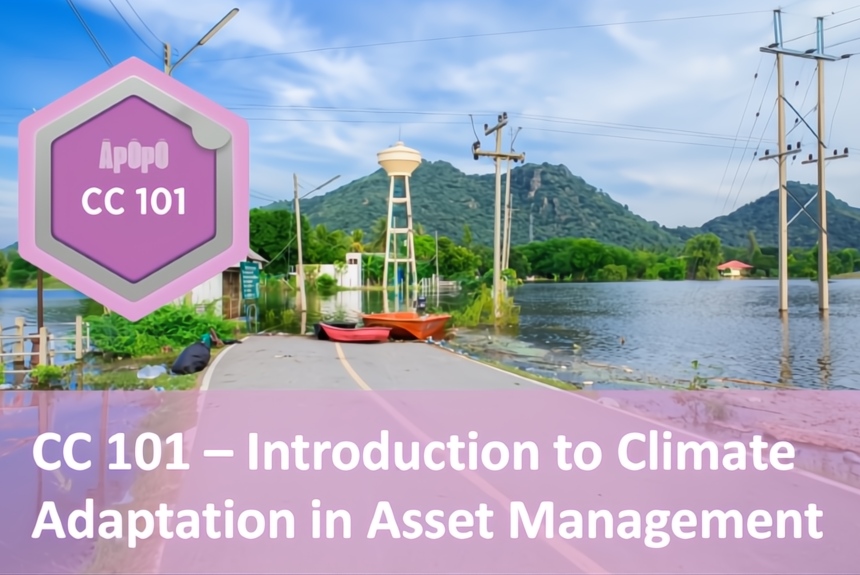The escalating intensity and frequency of extreme events such as heavy rain, floods, droughts, stronger storms, heatwaves, and stronger storms due to climate change are both a threat and a reality. This increased vulnerability poses a significant risk to infrastructure.
Damage to infrastructure caused by extreme events can have far-reaching consequences for society and the economy. For instance, road or bridge closures or collapses and power outages can disrupt individual households, businesses, critical services, and operations, leading to wider economic and societal implications.
The OECD 2018 policy paper, “Climate-resilient Infrastructure,” provides a comprehensive guide that delves into the impacts of climate change on infrastructure and the urgent need to build resilience. It offers practical guidance on how countries can enhance infrastructure resilience and provides real-world examples of successful climate-resilient infrastructure projects from various countries.
The paper defines the characteristic of climate-resilient infrastructure as infrastructure that is “planned, designed, built and operated in a way that anticipates, prepares for, and adapts to changing climate conditions. It can also withstand, respond to, and recover rapidly from disruptions caused by these climate conditions. Ensuring climate resilience is a continual process throughout the life of the asset. Efforts to achieve climate resilience can be mutually reinforcing with efforts to increase resilience to natural hazards.”
“Asset management provides a useful vehicle for implementing climate adaptation strategies, helping us prioritise investment, improve community resilience, improve resilience planning, and contribute holistically to national hazard risk management” (CC101, 2024).
The Āpōpō Infrastructure Asset Management Professionals Inc. launches a new course, “CC 101—Introduction to Climate Adaptation in Asset Management—Blended Learning,” to help asset owners and service providers who are being tasked with considering climate adaptation in asset management integrate climate change considerations into asset management.
This course is designed around the following learning objectives:
- Understand the science of climate change and how it affects and impacts infrastructure and infrastructure services.
- Identify the areas in asset management that could assist in resilience improvements of infrastructure and management processes.
- Understand the input of asset management processes to improve or maintain the levels of service in light of the resilience cycle.
- Develop an asset management capability improvement strategy for incorporating climate change into asset management.
This course is for you if you are an asset manager, consultant, contractor, engineer, executive, planner, project manager, or strategy staff member.
The Āpōpō CC 101 will commence on 18 June 2024, so don’t delay —learn more about this exciting new online course from Āpōpō and enrol.
Click on the image below to learn more:
Source:
CC 101 – Introduction to Climate Adaptation in Asset Management – Blended Learning. (2024). Āpōpō. Retrieved from https://apopo.co.nz/product/cc-101-introduction-to-climate-adaptation-in-asset-management-june/
Climate-resilient Infrastructure. (2018). OECD Environment Policy Paper No.14. Retrieved from https://www.oecd.org/environment/cc/policy-perspectives-climate-resilient-infrastructure.pdf



Leave a Reply